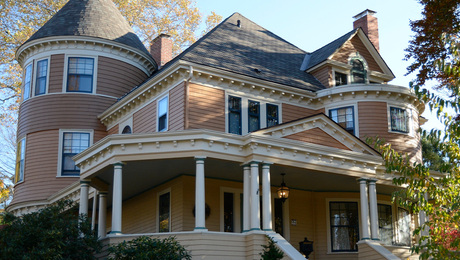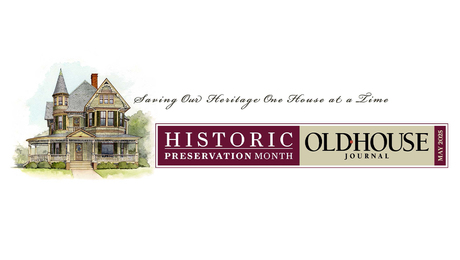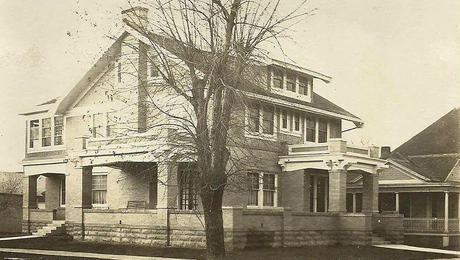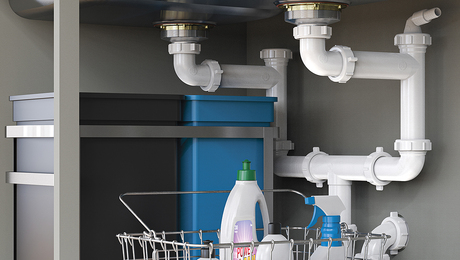Designing a Vintage Bath
Five rules to create a period-inspired bathroom with antique and reproduction items.

At the turn of the 20th century, houses with indoor plumbing typically had only one full bathroom, designed as a “modern and sanitary” space with easy-to-clean surfaces and three fixtures. Whether you’re refurbishing an existing bath or adding a second, design today can accommodate period style while offering function and convenience.
1.) Start With the Walls and Floors
A subway-tile wainscot (often 5’ high) or a tiled floor in one- or two-inch hexagons or penny rounds (or basketweave etc.) enhances almost any old-house bathroom. Consider an accent such as “daisy” insets or a Greek-key border. In children’s and rural bathrooms, beaded-board wainscots painted white were pretty standard.
2.) Install a Throwback Sink
Pedestal sinks were popular from the end of the 19th century through the 1930s. They take up less actual and visual space than a sink in a cabinet. Made of vitreous china or enameled cast iron, they were white early on but by the late 1920s came in colors from jadeite and salmon to burgundy, navy, and red.

Alternatively, consider a console sink, usually attached to the wall and with two front legs. A marble top and drop-in basin makes it elegant. Cross-handled faucets, nickel-plated or brass with hot and cold porcelain buttons, are still made.
3.) Bathe in Style
An old-fashioned bathtub, either freestanding with claw feet or, later, built in with rounded Deco lines, is a functional splurge. Initially marketed (in 1873) for livestock, stand-alone cast-iron tubs with porcelain interiors and rolled rims were soon in demand as part of the indoor-plumbing suite. Copper tubs were a high-end choice. A shower ring for hanging a curtain and the shower apparatus were soon added.
4.) What About the Toilet?
The first flush toilet was invented in 1596 but indoor “water closets” weren’t standard until the late 19th century, as city sewers were becoming commonplace. Fancy and odd-shaped toilets, including those painted with Delft designs and those with a gravity-powered high tank, date to the late-Victorian era but often remained in houses until the postwar period. Simple vitreous-china bowls were common in the early 20th century. If you choose a true vintage toilet, check with your plumber on whether it will fit the room’s rough-in.
5.) Wall Sconces Light Up a Period Room
Porcelain, brass, and nickel-plated sconces are available today. Disable any convenience outlet on the plate of an antique sconce. It’s a terrible shock hazard.
— Photos by William Wright.
RELATED STORIES
Old House Journal Recommended Products
Old House Journal receives a commission for items purchased through links on this site, including Amazon Associates and other affiliate advertising programs.
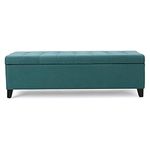
C Knight Mission Storage Ottoman
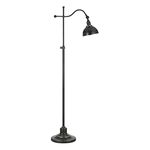
Cal Floor Lamp Adjustable Pole
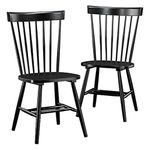
Sauder New Grange Spindle Chair



